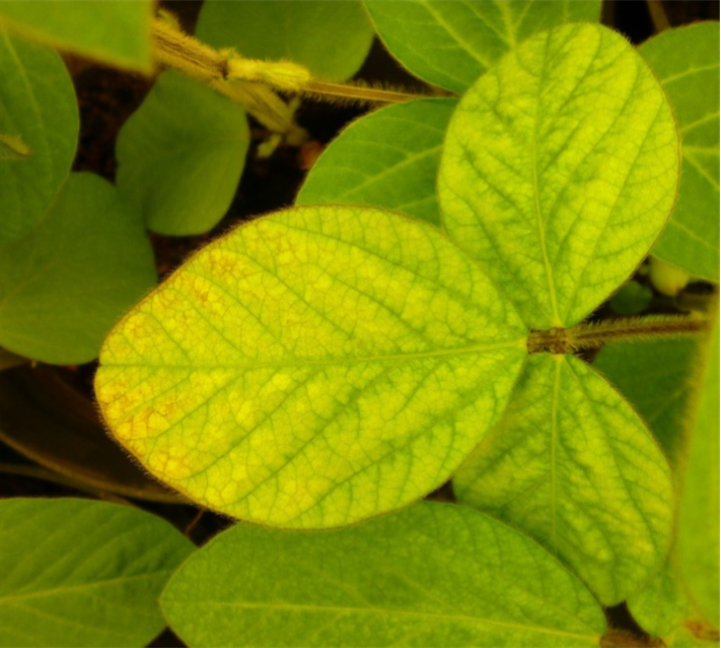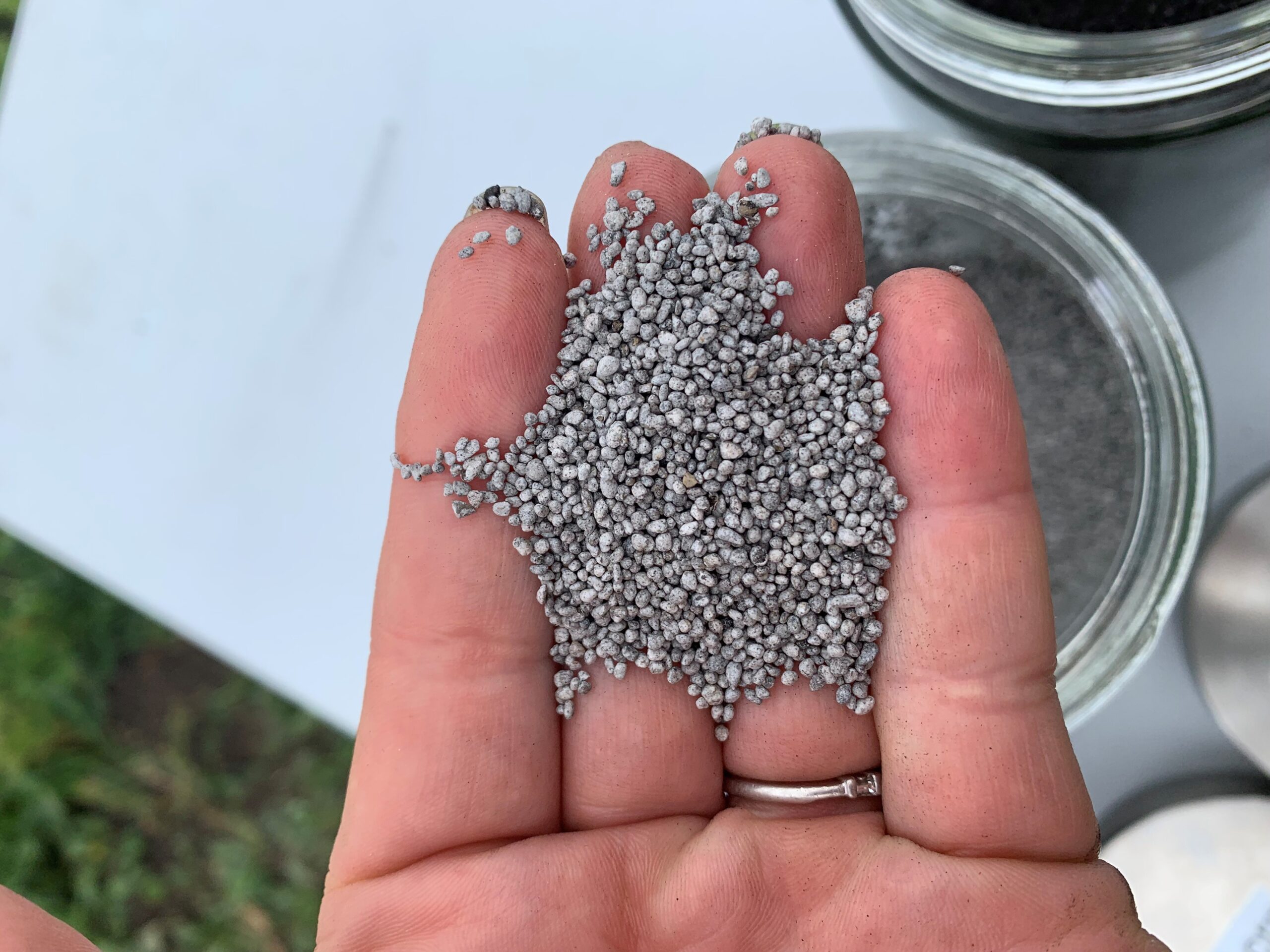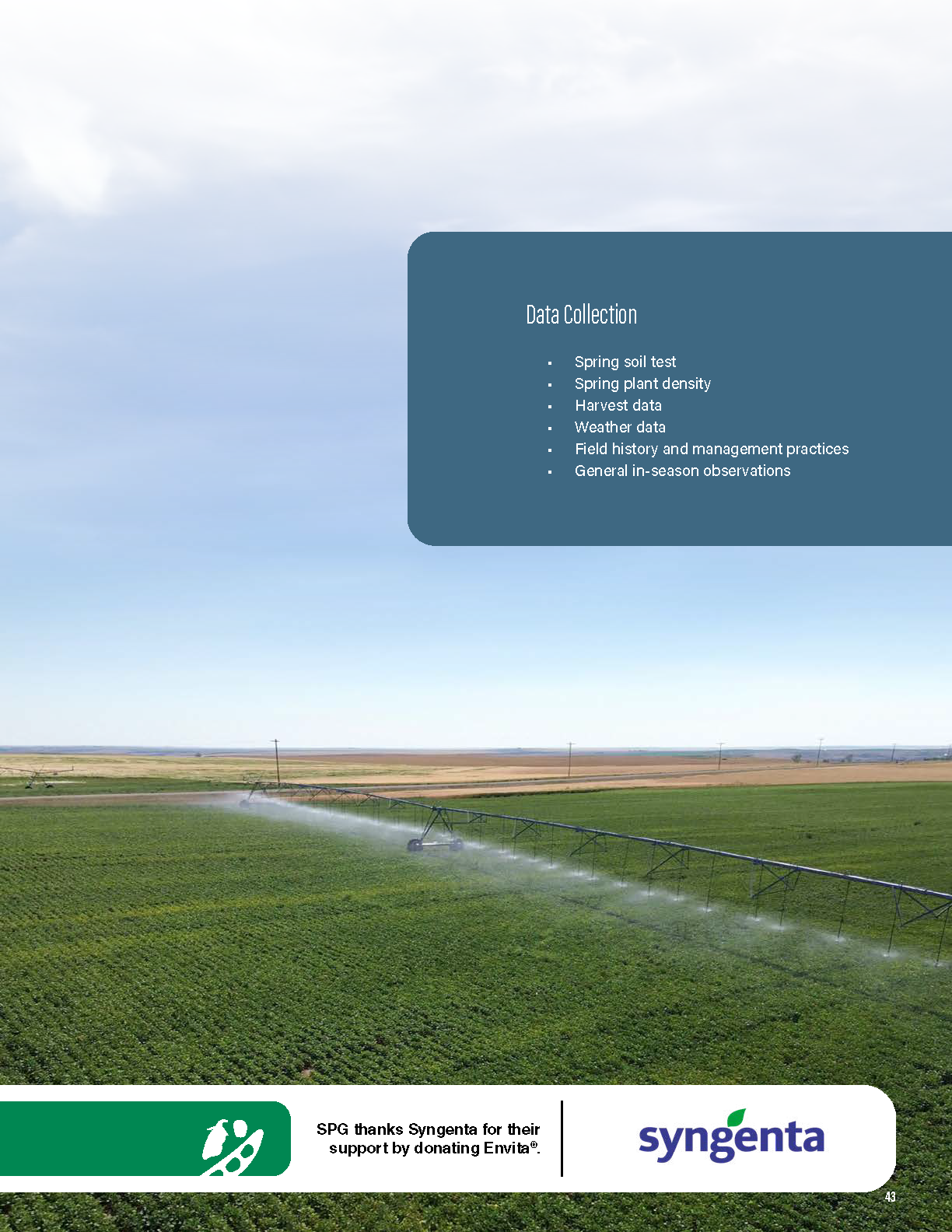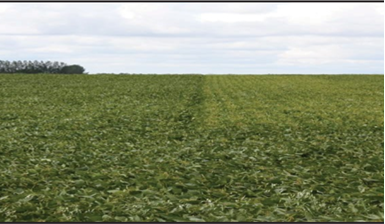By Bruce Barker, P.Ag
Micronutrients are essential nutrients that are required by crops in relatively small quantities. The eight micronutrients include iron, zinc, copper, molybdenum, boron, chlorine, manganese, and nickel.
Micronutrients occur naturally in soil minerals, and the type of parent material the soil is developed on affects the micronutrient content. Some micronutrients are also associated with organic matter, influencing their solubility and availability.

Source: Dr. Jeff Schoenau, University of Saskatchewan
The following are typical examples where micronutrient availability may be limited:
- Mineral soils very low in organic matter, such as Grey soils, may be deficient, especially in boron, copper, and zinc.
- Sandy soils (coarse texture) are more likely to be deficient than clay soils (fine texture) (chlorine, copper, zinc, and boron).
- Peat soils or soils with over 30 per cent organic matter (copper, manganese, and boron).
- Cool, very wet, or dry soils reduce the rate and amount of micronutrients that can be taken up by the crop.
- High soil pH reduces micronutrient availability (for all except for molybdenum and chlorine).
- Highly calcareous, high lime content soils (zinc and iron).
- Soils with exposed subsoil, due to erosion or a result of land leveling (zinc).
- Soils with excessive phosphorous levels (zinc).
Soil and Tissue Testing
Soil tests can help assess for micronutrient deficiencies. During the growing season plant tissue tests may also help determine micronutrient deficiencies.
Micronutrient availability can vary widely across fields, so deficiencies tend to occur in patches and localized areas such as eroded knolls and sandy areas. These areas can be identified and sampled separately to determine the nature and extent of the limitation, as only these areas within the field may require an application of micronutrient fertilizer.
Iron

Source: Ryan Hangs, University of Saskatchewan
Iron Deficiency Chlorosis (IDC) in soybeans, a problem for growers in many soybean areas of the United States, is becoming common in Manitoba, and is a growing concern in Saskatchewan. IDC frequently occurs on soils containing higher levels of soluble salts and carbonates. These soils are generally poorly drained and higher in potential hydrogen (pH).
Research by Dr. Jeff Schoenau and Dr. Ryan Hangs from the University of Saskatchewan near Central Butte Saskatchewan in 2015 and 2016 found that foliar iron sulfate produced a positive yield response in the IDC sensitive soybean variety Moosomin, but not in the IDC tolerant variety McLeod (in the 2016 season only). This was attributed to a period of soil saturation in the 2016 growing season that did not occur in 2015. They conclude that genetics is the best defense if IDC is a concern and foliar iron may be a suitable rescue treatment for sensitive varieties.
Zinc
Zinc deficiencies tend to occur on calcareous, high pH soils, which are sandy in texture or have relatively high soil phosphorus levels. Some plants are more responsive to zinc than others, and beans and corn are most responsive.
Lentils grown under polyhouse conditions on 10 southern Saskatchewan soils showed variable response to soil-applied zinc at rates of 2.5 and 5 kilograms zinc sulfate per hectare, with greatest frequency of positive response observed on soil associations from the south and western regions of Saskatchewan. No significant response was observed of lentils to broadcast and incorporated zinc sulfate fertilizer in two field trials at Central Butte and Saskatoon.
Some trends for positive response of peas in the polyhouse were observed when zinc was applied as either a soil or foliar application, but positive responses were only significant on one organic soil.
Extensive research on beans in Alberta, beans and flax in Manitoba, and a variety of crops in Saskatchewan provide some level of calibration of soil test results. In Alberta, a critical level of 3 parts per million (ppm) in coarse soils, and 1.5 ppm in medium-to-fine soils was established for dry bean production under irrigation in southern Alberta.
In Manitoba, critical levels have been established at 0.5 ppm for field beans.
Symptoms in beans include stunted and older leaves that are smaller and narrower. Light blotches may appear between the veins in older leaves, while younger leaves may be smaller, although retaining a normal, healthy green color.
Table 1. Micronutrient Uptake and Removal by Crops, in Pounds per Acre (lb/ac)
| Zinc | Manganese | Copper | Boron | Iron | ||
|---|---|---|---|---|---|---|
| Peas (50 bu/ac) | Uptake | 0.18 | 0.08 | 0.04 | 0.17 | 0.51 |
| Removal | 0.14 | 0.03 | 0.02 | 0.05 | 0.22 | |
| Dry Beans (18 cwt/ac) | Uptake | 0.07 | 0.18 | 0.01 | 0.07 | 0.78 |
| Removal | 0.05 | 0.03 | 0.007 | 0.02 | 0.10 |
Source: Manitoba Agriculture, Food and Rural Initiatives
Copper
Cereal crops, including wheat, barley, oats, and canary seed are most sensitive to copper deficiency. Canola, rye, flax, pulses, and forage grasses are generally less sensitive to copper deficiency.
Deficiencies most often occur on sandy soils in the Black and Gray soil zones, and peaty soils. Copper-deficient mineral soils tend to be quite sandy.
In a three-year wheat/pea/canola rotation conducted in polyhouses, pea yields responded positively to soil-applied copper fertilizer that was applied to wheat the previous year. Whether the yield response of the peas to the residual fertilizer copper was a nutritional or fungicidal effect was not clear.
Molybdenum
Molybdenum is vital for nitrogen fixation in legumes, involved in enzyme activity.
Molybdenum deficiencies have not been diagnosed in field crops in Saskatchewan. The symptoms are very similar to nitrogen deficiencies, with general yellowing and stunting of the crop. Very little research has been done on molybdenum in Prairie soils.
Boron
The main source of boron for crop growth comes from organic matter and minerals, which is usually in large enough supply on most soils. On Gray soils and sandy soils with low organic matter, deficiencies may occur, mainly in alfalfa and canola.
Chlorine
Chloride deficiencies and responses to fertilization are usually found in cereals.
Manganese
Manganese deficiencies have been reported in oats and barley grown on organic (peat) soils across the northern grain belt of Saskatchewan. Deficiencies on mineral soils is not an issue.
Summary
Overall, deficiencies of micronutrients do not seem to be a major limitation to pulse production. However, under certain soil and environmental situations, application of a micronutrient fertilizer may be warranted. Always leave a check strip to assess response.


